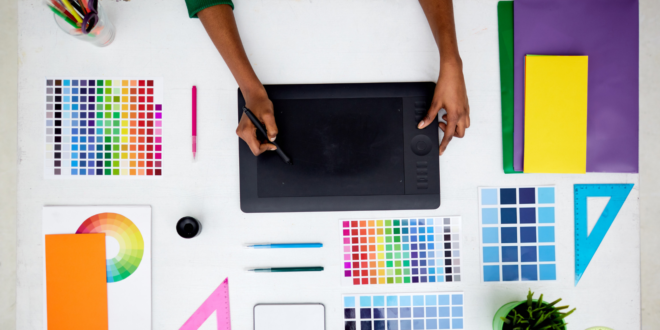Bringing Design Thinking to HR
Across industries, design thinking has continued its rise in popularity. At its core, design thinking is about centering people in the creation of products. Whatever you’re designing, whether a process or a tool, connecting your work to the people who will use it makes a better solution.
As HR Executive points out, design is more than logos and graphics. It’s the plan for anything produced, including the policies, tools, and systems of an HR Department. Ensuring those are designed with intention for today’s busy workforce means a better chance of them being successful. While HR in the past has been all about adoption, today’s departments have to think toward more than just first use to continued use. This means not just understanding, but connecting with, the people who will be using the tools, following the policies, and using the systems. The sheer number of workplace components HR manages, from compensation to workforce experience to productivity also means HR creates an immense amount of data. When that data is rooted in design thinking approaches, it becomes more valuable to the company as a whole.
If you’re already convinced of the value of design thinking, the Harvard Business Review has a few things to keep in mind to help ensure implementing design thinking processes goes smoothly.
- Encourage your team to think differently. Not just differently, but divergently. Outlier ideas, big reaches, and unexpected notions are more than useful, they’re essential.
- Empower your team to fail, more than once. Iteration and testing are parts of the design process and lead to improvements that don’t come from running with a safer idea.
- Embrace it yourself. For HR teams used to having clear directions and focusing on efficiency, these are new experiences so it’s up to managers to lead the way.
Read more:
Originally featured in UBA’s May 2019 HR Elements Newsletter.


